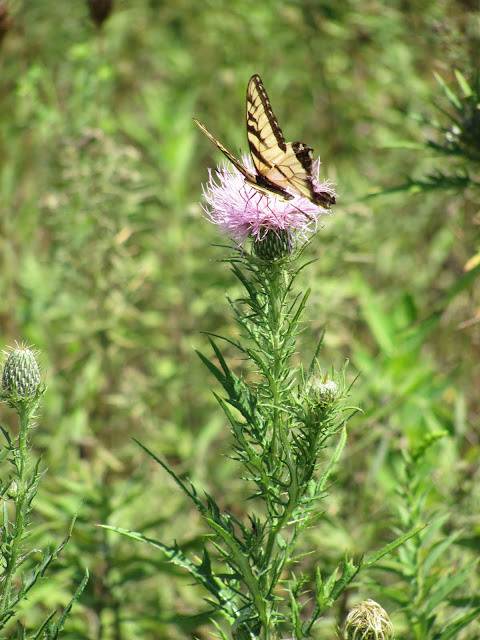yellow swallowtail
sipping nectar from purple
thistle blossoms
Now here’s a dilemma. Prickly Canadian




No comments:
Post a Comment